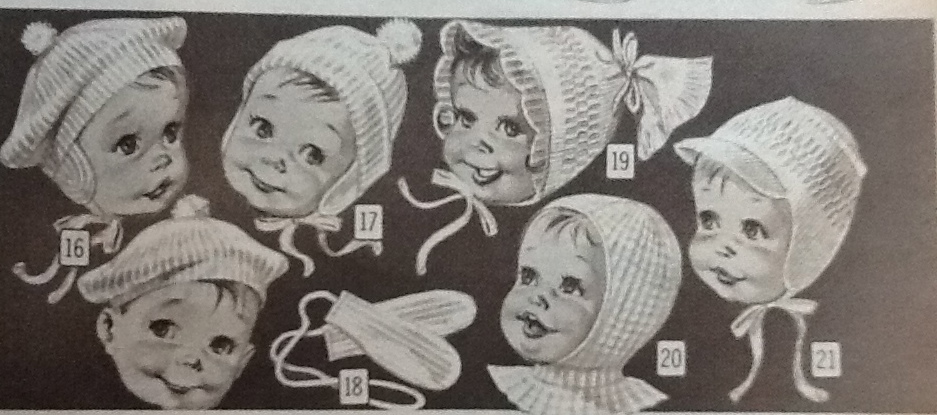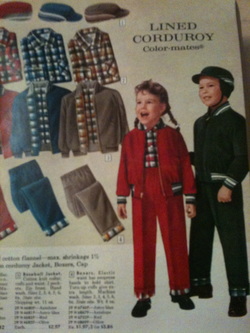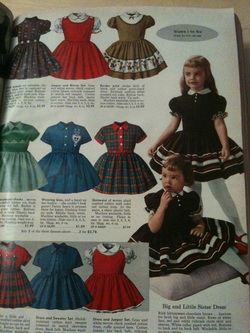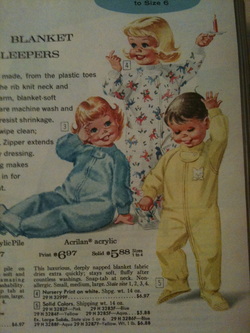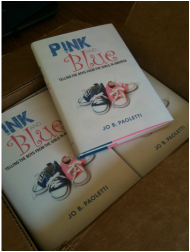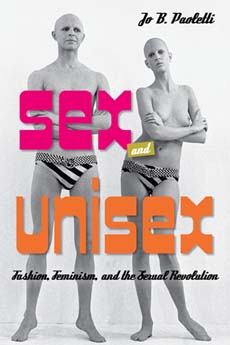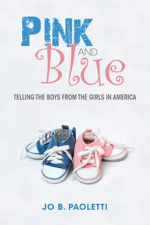This resulted in the omission of one really interesting aspect of gender performance in children: the rejection of pink, girlie style by so many girls when they enter middle childhood. Blogger Suzette Waters posted about this earlier this week, observing that her 9-year-old daughter is "leaving pink behind", and trading it for blue, purple and even black. As I understand the child development literature, this is a clear sign that Anna has mastered the concept of "gender permanence" and no longer needs to adhere to stereotyped clothing and toys in order to ensure a stable gender identity. Suzette ponders the future trajectory of Anna's tastes, anticipating possible conflicts over body piercing.
This complicates the symbolism of pink and the gender markers of early childhood, at least as seen through the eyes of a nine-year-old. Besides being "feminine", pink takes on the a additional connotation of "babyish", which many girls reject as they enter middle childhood and adolescence. It also raises the interesting question of what age-appropriate "feminine" choices are available for girls 7-14. From what I hear from parents of that age group, it's a challenge!
